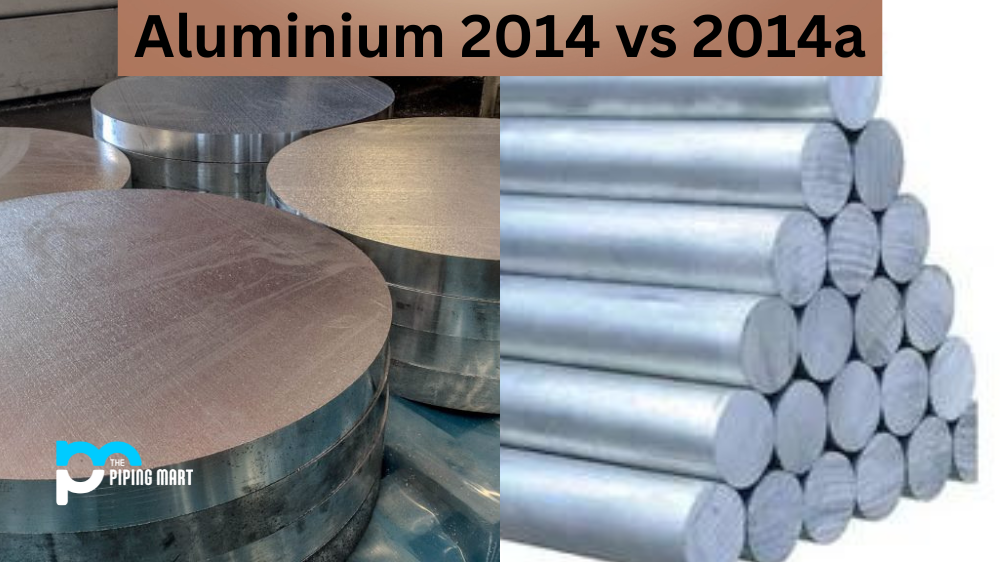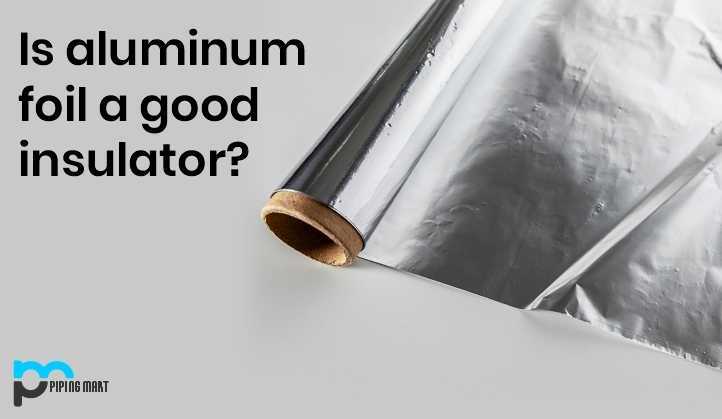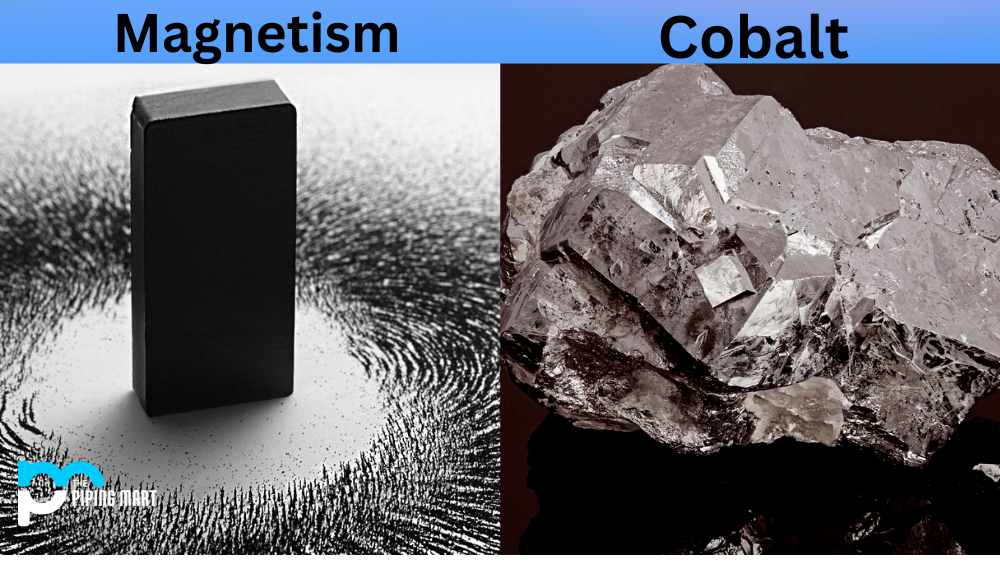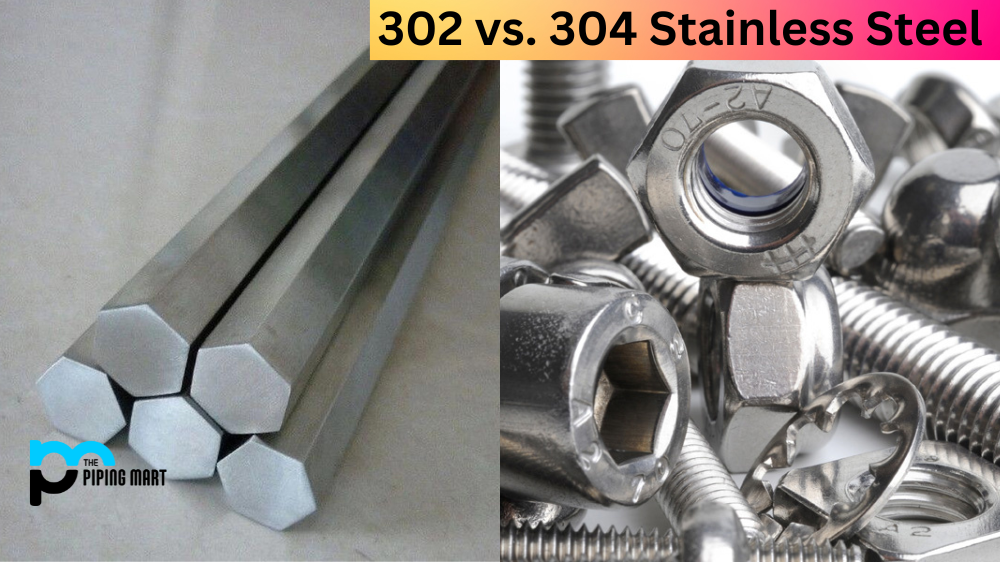Aluminium is widely used in different industries due to its unique properties, lightweight, corrosion-resistant, and malleable nature. However, the tiniest difference can significantly impact the desired outcome when choosing the right aluminium alloy. Aluminium 2014 and 2014a are commonly used alloys with similar composition and properties but differ in some critical aspects. This blog post will explore the main differences between Aluminium 2014 and 2014a.
Difference Between Aluminium 2014 and 2014A
Composition
The primary difference between Aluminium 2014 and 2014a lies in their composition. Aluminium 2014 is a high-strength alloy containing 4.4% copper and 0.5% magnesium, while Aluminium 2014a contains more silicon and lower magnesium elements. The silicon content 2014a ranges from 0.5% to 1.2%, while the magnesium content usually remains below 0.7%. The varying composition results in different mechanical properties of both alloys, which we’ll discuss in the following paragraphs.
Mechanical Properties
Aluminium 2014 and 2014a are known for their excellent strength-to-weight ratio, making them ideal for various applications—however, the differences in composition result in differences in their mechanical properties. For instance, Aluminium 2014 is a stronger alloy than 2014a, yielding 340 MPa compared to 290 MPa 2014a. Moreover, it has better fatigue strength and increased corrosion resistance than 2014a. On the other hand, 2014a has better machinability than 2014 and can be polished more easily, making it useful in architectural cladding applications.
Applications
Aluminium 2014 and 2014a have significant applications in different industries thanks to their unique properties. The increased strength and fatigue resistance of Aluminium 2014 makes it ideal for aerospace and aviation components, high-stress structural parts, and cranes. 2014a’s machinability and ease of polishing make it perfect for architectural cladding and lighting fixtures, electrical connectors, and complex parts of CNC-machined instruments. Overall, Aluminium 2014 and 2014a’s proper applications depend on your requirements, including mechanical properties, cost, and performance.
Weldability
Another significant difference between Aluminium 2014 and 2014a is their weldability. Aluminium 2014 is not easily weldable due to its high cracking sensitivity, so it is not recommended for welding. On the other hand, 2014a has good weldability, which makes it a preferable alloy for welding. However, it is essential to note that welding 2014a might affect its mechanical properties, so it’s crucial to follow strict welding procedures for optimal performance.
Cost
The cost of Aluminium 2014 and 2014a depends on factors such as composition, availability, and market demand. Aluminium 2014 is generally more expensive than 2014a due to its higher copper and magnesium content, making it a high-strength alloy. However, in some cases where machinability is crucial, 2014a might be more expensive due to its ease of machining and polishing.
Conclusion
Choosing the right aluminium alloy depends on several factors, including mechanical properties, cost, availability, production process, and application. Aluminium 2014 and 2014a are similar alloys with subtle yet significant differences in composition, mechanical properties, applications, weldability, and cost. Therefore, before choosing either of these alloys, it’s essential to determine your specific requirements and consult with experts in the metal industry to select the best fit for your project.

A passionate metal industry expert and blogger. With over 5 years of experience in the field, Palak brings a wealth of knowledge and insight to her writing. Whether discussing the latest trends in the metal industry or sharing tips, she is dedicated to helping others succeed in the metal industry.




